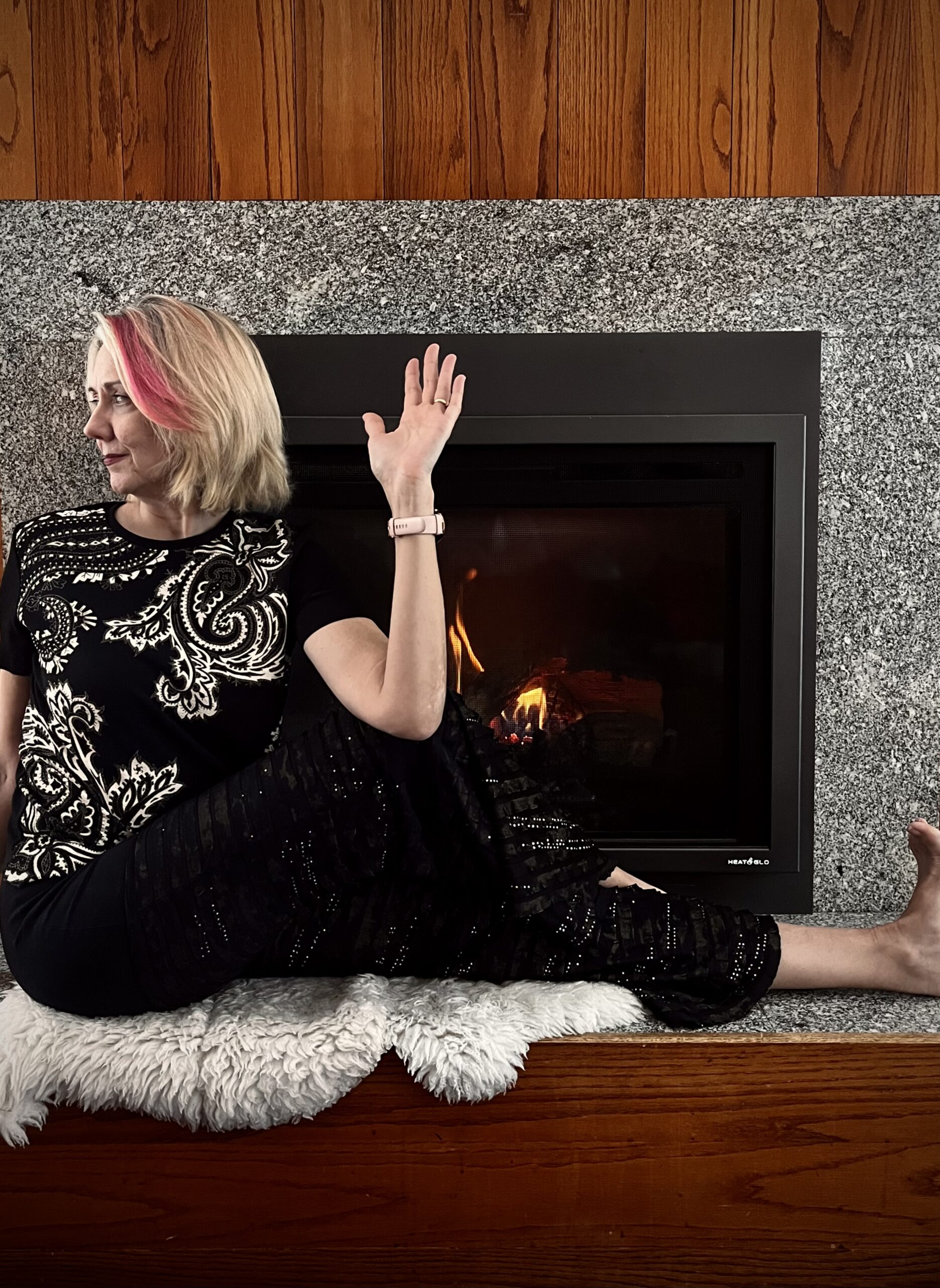I often get asked, “Why should I do yoga instead of ___?” (Fill in the blank with pilates, kickboxing, crossfit, kettlebells, strength training, etc). This is a vexing question to answer in say, a dinner party party situation. No one wants a lecture on the benefits of yoga, but how can I sum up what a tradition thousands of years old has to offer us before the dessert course?
I’ve already gotten myself in trouble: yoga postures as practiced commonly in studios and gyms across America are not all that old–maybe 100-150 years old with the exception of seated poses like Lotus. The parts of yoga that are ancient are the breathing exercises and the meditation–two potentially time-consuming areas often dispensed with in a one-hour-or-less fitness setting. I can understand why someone might take a mat pilates class at their club one day, a yoga class the next and think, “Meh, six of one, half-a-dozen the other.” Let’s try to break it down with a couple of questions:
First, have you ever done a yoga class with a “final relaxation” of more than 10 minutes where your instructor explained the how/why of the pose (Corpse) and the mental state (Yoga Nidra)? If not, I dare say, sure, you’ve done some yoga poses, but it’s a little bit like a cupcake without frosting. I can’t believe how often I see people bail on the last few minutes at my health club. I want to shake them: don’t they know everything they’ve been doing for the last 55 minutes has been preparing them for the last five ( should be 10) minutes? Nope, guess not.
Second question: have you ever done a yoga class in a quiet room without music and mirrors? If the answer is “no,” again, no frosting! Mirrors take your awareness to the exterior body of which you are probably overly aware anyway. That said, they are great for the group fitness approach where someone “performs” the workout up front and you follow along, often wishing you had the instructor’s ____ (abs, delts, glutes) and that your hair looked better. Instructors don’t have to be so adept at teaching, just able to do their workout while throwing out some “cues.” Classical yoga instructors do not consider their classes their own practice time and are constantly roving around the room to assist. In a typical class, I might clock 1 mile in steps by the time I set up, tear down and teach for 90 minutes. To sum it up, you can’t meditate in front of a mirror for what I hope are obvious reasons. Music, while good for relaxation can’t help but induce emotion and memory. In a meditative yoga practice, we’re trying to slow down the external inputs and level up mentally beyond relaxation. Both music and mirrors are distractions to the deeper practices.
If you answered “no” to one of the above, you may have not experienced the richness of The Whole Cupcake, so comparison to pilates, kettlebells, etc. is difficult. Of course, the solution to this is to look for a different sort of yoga class to try: a little more classically Asian, a little less American group exercise.
Until then, I can only try to give you my least flowery explanation of what you’re missing–like describing frosting to someone who has only tasted cake:
Yoga will change your relationship with your body: instead of viewing your body as some kind of “machine” or “science experiment” to be endlessly fine-tuned, you will see your body as a beloved container to be nourished. This will, in turn, change your relationships to food and exercise in general into something more experiential and positive that doesn’t have to be micromanaged and constantly controlled.
You will change your relationship with your mind: the “mind-over-matter” mindset is exhausting to both the body and the mind itself. You won’t take your PFC (prefrontal cortex, frontal lobe) so seriously all the time and you’ll know when you need to take a break from all of its planning, listing and judging. You’ll open up new mental states leading to greater peace and more creativity–no wonder so many artists, writers and actors do yoga. Numerous cognitive benefits of yoga have been validated by research which is probably why the American Alzheimer’s Association has two yogis on full-time staff in top positions. Finally, you’ll also learn how to better compartmentalize stress and keep your worries off your mat during practice and potentially beyond.
You will change your relationship with others: better self-care beyond a fitness work-out will restore and energize you for taking better care of others. More awareness of yourself and your own mind will lead to a better understanding of others. You can say a lot about the stereotypical yogi, but “grumpy” wouldn’t be on the list.
To sum it up, yoga is a holistic approach to wellness that includes fitness, but transcends it at the same time. Many people show up for their bodies, but they end up staying for their hearts and minds. The heart and mind are a source of ongoing, ever-changing challenge. It is for this reason I believe yoga has become a lifestyle and lifetime pursuit. Yoga neither burns-out or bores. That said, you needn’t give up your favorite exercise du jour as yoga compliments everything from pilates to strength training, as well as all sports. Think of it as a path to master the self–not just the plank!









